Burra to Barossa, Len Bence Exhibition
Curated by Jacqueline Coates

Burra Gallery does not usually give its audience of viewers this long to enjoy an exhibition. We have had time to savour the works and wonder at the making of them.
This feast of views of the mid north landscape, mostly by artists who live here and are known to each other, makes one wonder – is this a “movement” in the making? Are these works, like members of an extended family, linked together by the skill of the curator or by the landscape itself?
“Landscape” is the visual representation of the air and the earth’s skin. We see the subject matter every day. Most of us appreciate the effects of light, weather and mood on the sky and skin – those folded hills, that stretch of land reaching far beyond, that sense of unknown horizons past the vanishing point of our imagination.
The landscapes in this exhibition are rendered in colour on surface as paintings and photography. That surface cannot pass without a mention.
In some works images seem to move in and out of focus – it’s the way the paint is applied, softly, not taking charge but letting the subject speak. Note the collection of large drawings in paint by BJ Moore, the meditative quality of the works and the restraint of the brushed-on film of paint.
Attracted like bees to honey, viewers marvel at the descriptive qualities of surface, not to mention energy and exuberance, of works by Jacqueline Coates. Those hills and valleys of paint, thick and lush, those colourful peaks and troughs of movement! The very surface of the painting becomes landscape.
Many artists have brought the attraction of opposites into play; works by Jacqueline Coates and Timothy Dell are examples. Tim Dell’s three paintings “Marshall’s Hut” 1, 2 and 3 are a subtle force in red and green, the simplicity of the subject matter hints at the nostalgia and the loneliness of country lanes. Taken further, the metaphor for the journey through life is unmistakeable.
Saturated colour and the power of its effect are evident in the work that hangs over the archway. The positioning of this photography-based piece, “The Perfect Storm” by Dragan, is inspired. If placed next to quieter works they would inevitably suffer through no fault of their own. Study the work and notice its geometric structure. There’s nothing sweet and gentle about this one.
The green hill of Glenys Christopher’s pastel painting ”Harvey’s Hill”, placed at the far end of the gallery, draws viewers to ponder its paradox. The subject seems idyllic, but underneath that rich grass you sense a rocky toughness and immutability. The hill rises to three dark struggling forms, a potent image for this country we call home. Glenys has made some powerful work of late.
There is a mystery of another kind in the work of Maxine Donald. Her two small watercolour paintings “Sheepdip on Old Adelaide Road” and “Waterloo Windfarm Under Construction”, masterly in themselves, bring out a strange aspect to our familiar landscape. The scene depicted is reported faithfully but the choice of eye level and subject matter make it subtly surreal.
In these landscapes the artist’s eye view is shared with you and me – earth at the bottom, sky above and an intriguing point between where streams of air come together with rock and sand in a place we think we know.
A photographic representation of a patch of earth scattered with nature’s untidiness, “World’s End” by Michael Kluvanek, is an exception. Litter has its uses. This work insists that awareness of the world beneath our feet marks the passage of our own survival. It is so easy on the eye, this forthright message.
Two small works of pressed metal “Back Roads in Summer” 1 and 2 by Ilona Glastonbury, jig-sawed together, rust spots and all, into delicate pieces needing only a slight slip of the mental processes to see the landscape revealed. More than that – a way of life, a building material, the hands of those who marked the land with industry.
This is a worthy exhibition to start the year.
Finishes 4pm Wednesday 2 March.
Review by Artivist.
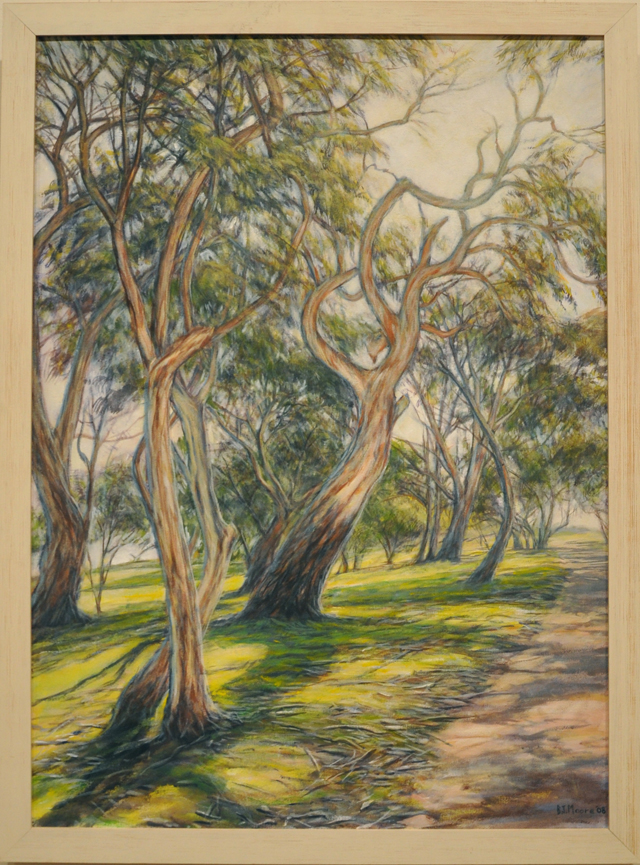
BJ Moore - Light through Limbs and Leaves
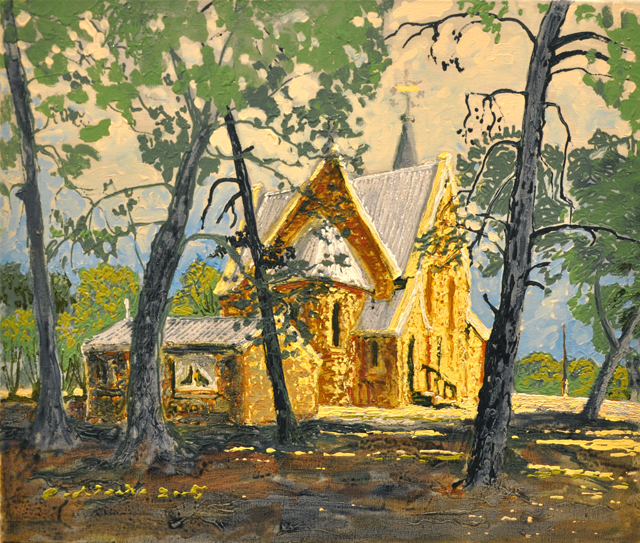
Christian Vocke - Christchurch Kapunda
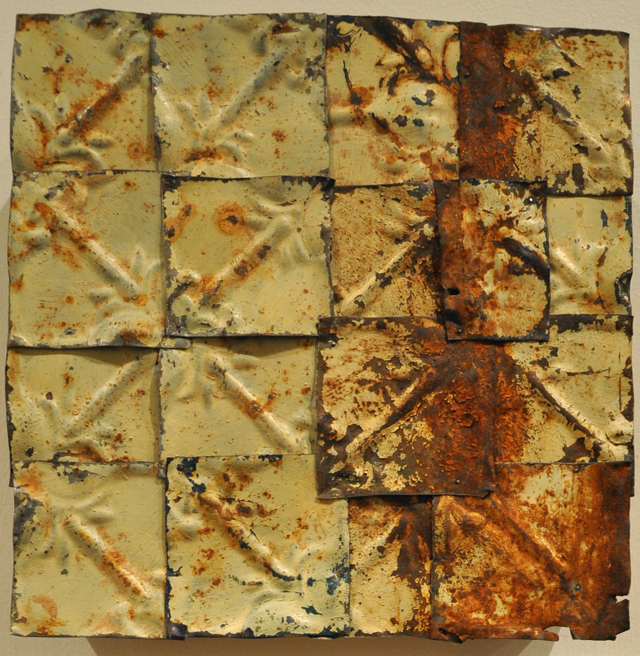
Ilona Glastonbury - Back Roads in Summer
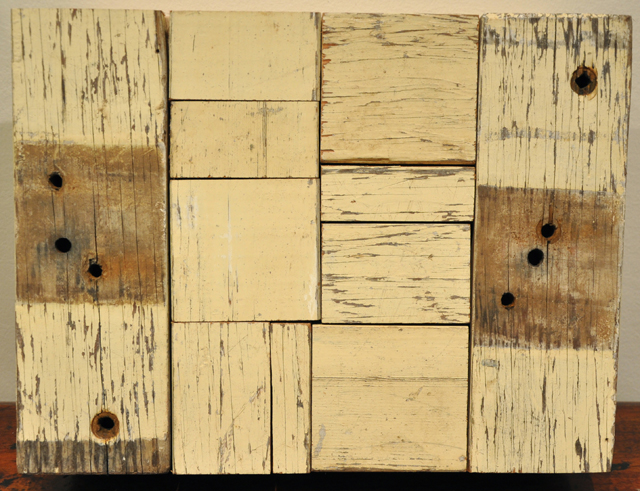
Ilona Glastonbury - Farm Gate (in cream)
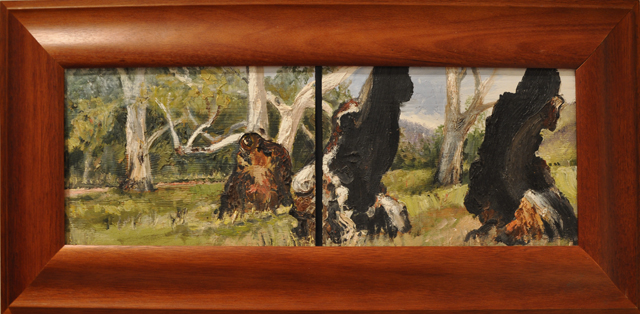
Roland Weight - Burra Diptych
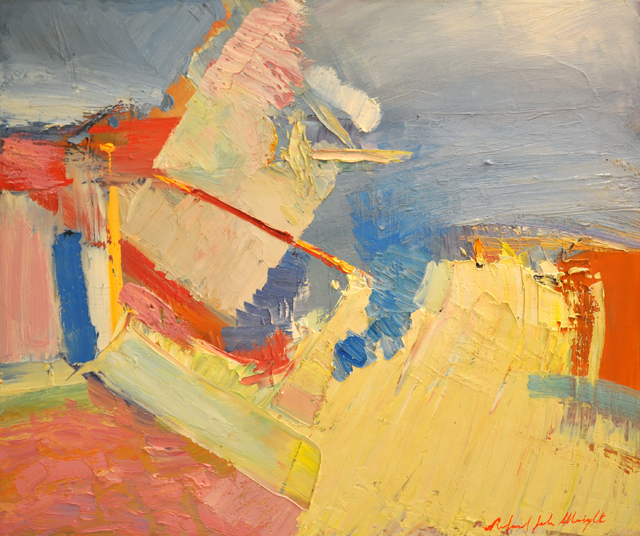
Roland Weight - Study for Harvest
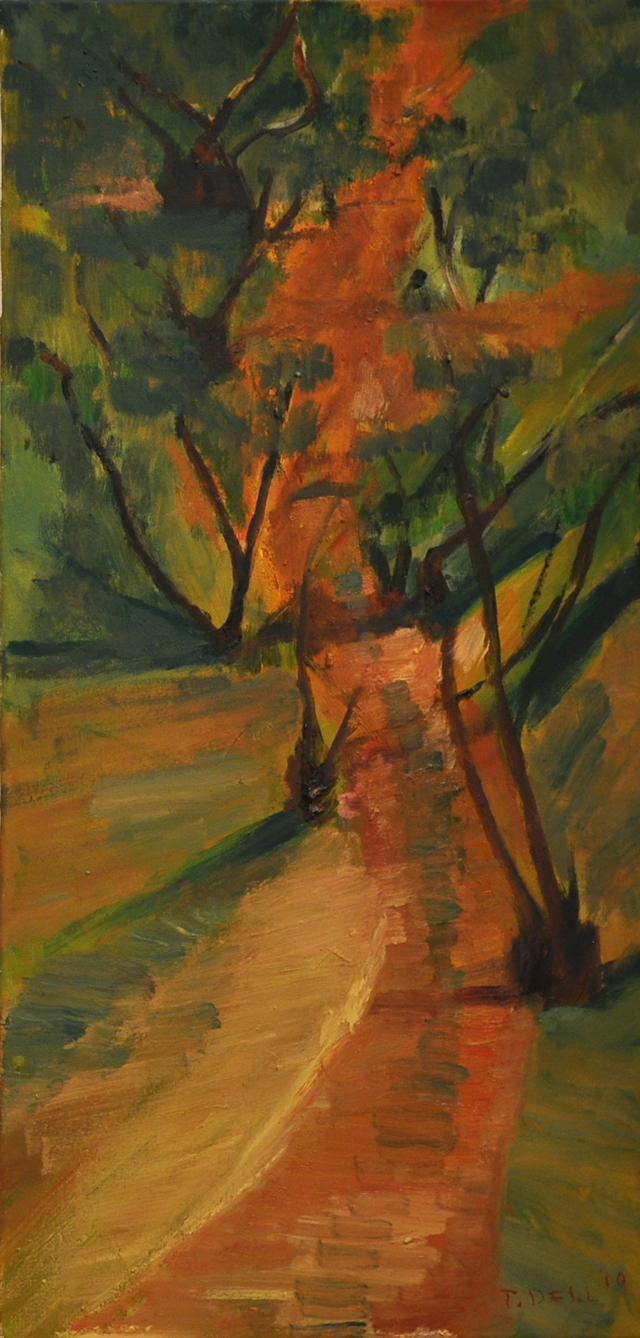
Timothy Dell - Marshall's Hut No.1
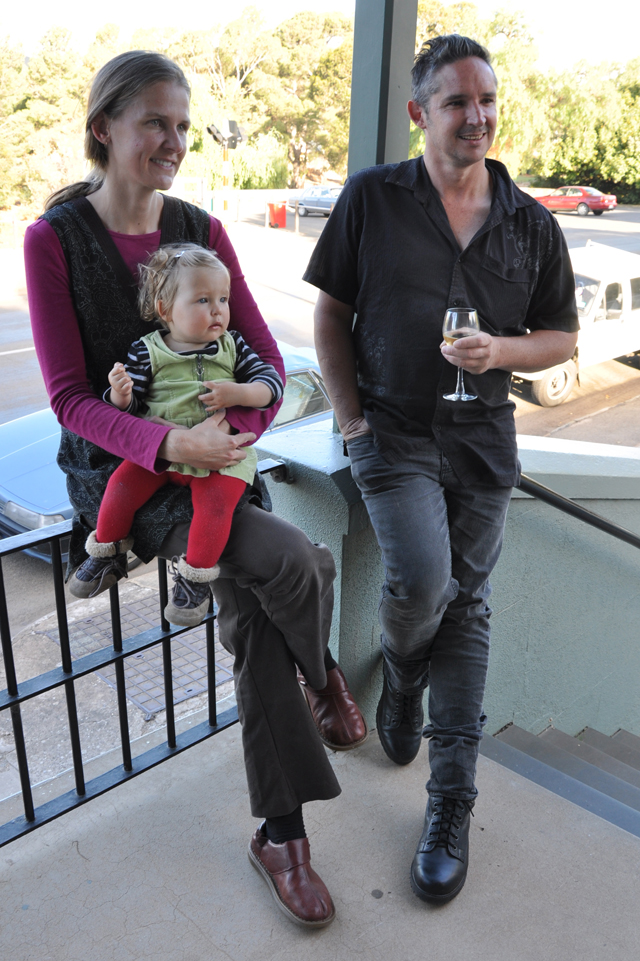
Zinnia, Lise Temple and Timothy Dell - Opening November 2010